Report this entry
More from the same community-collection
Teepees at Indian Cliffs Ranch in Fabens, TX
Teepees at Indian Cliffs Ranch in Fabens, TX - These tepees are ...
Headquarters of F. I. Madero (Casa Adobe)
The notation on the back of the image says: " Across the Rio ...
Tourists During Mexican Revolution
Two women and a man (center left) are preparing to pose for ...
Tourists during Mexican Revolution
A group of people is sitting in the dessert. The two women and ...
Tourists during Mexican Revolution, part 4
Two women and one man are posing with some rebels for a ...



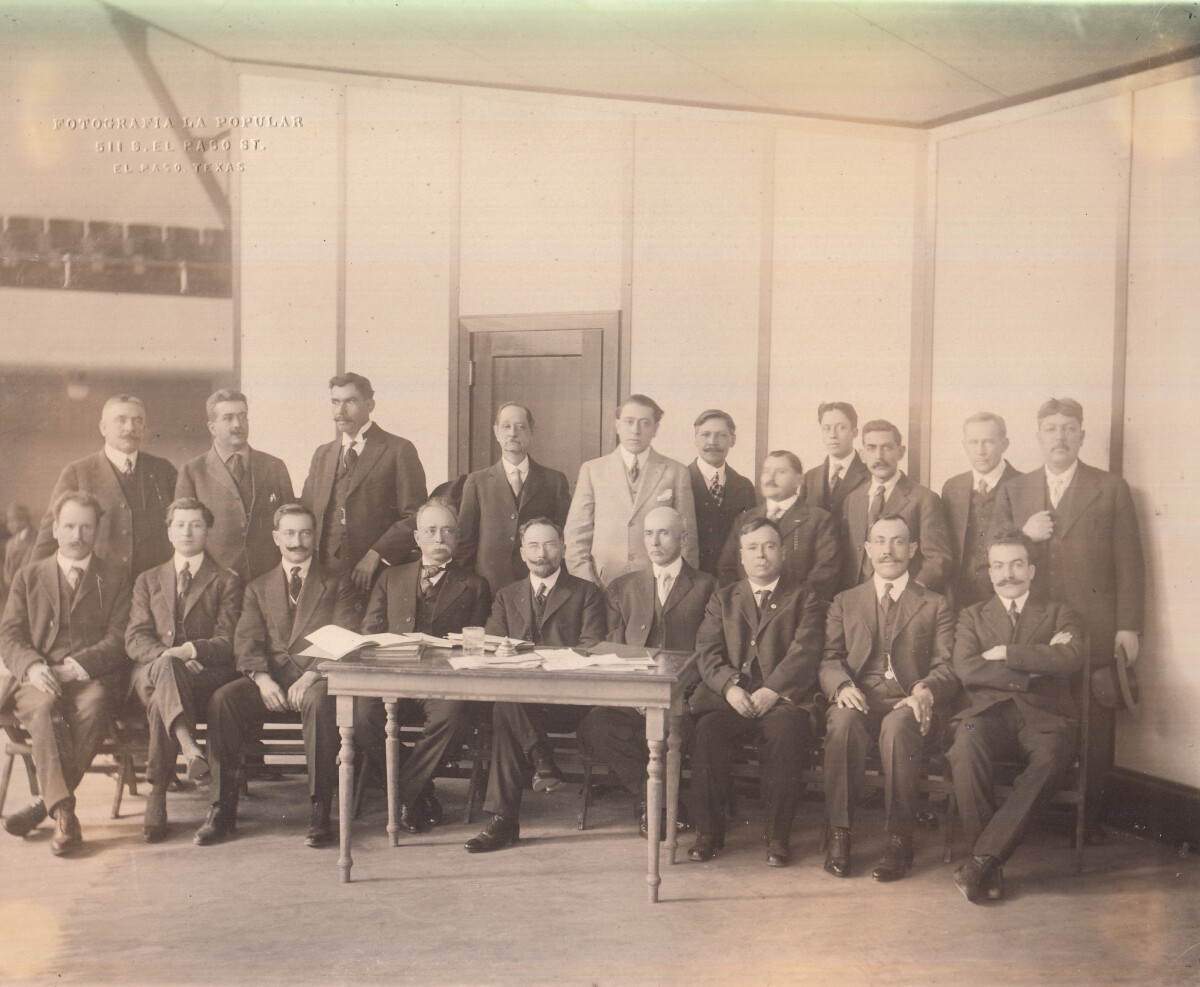



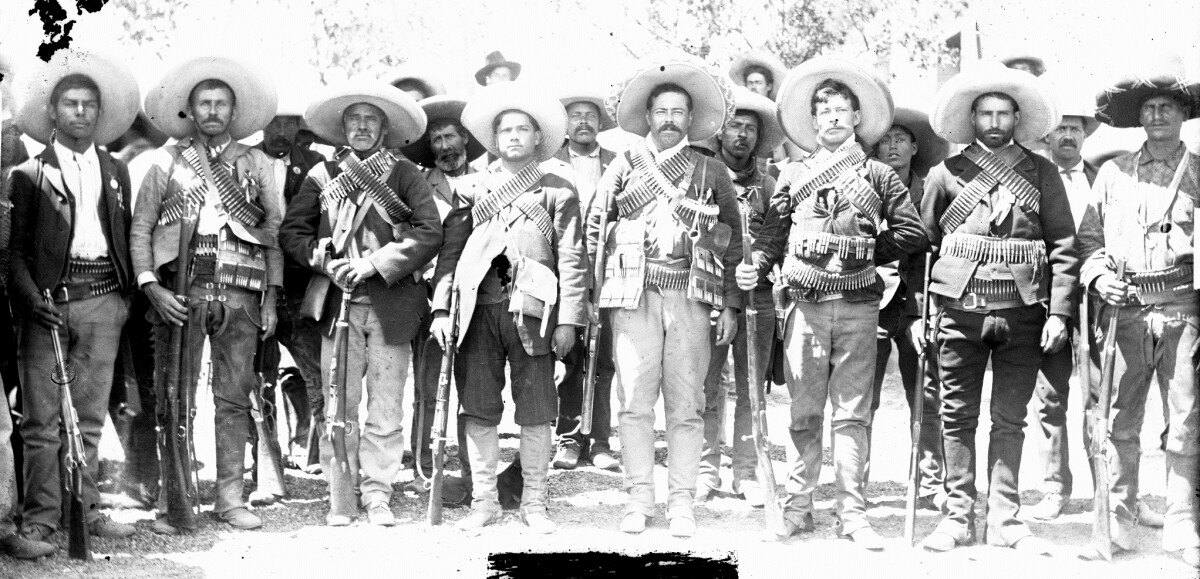






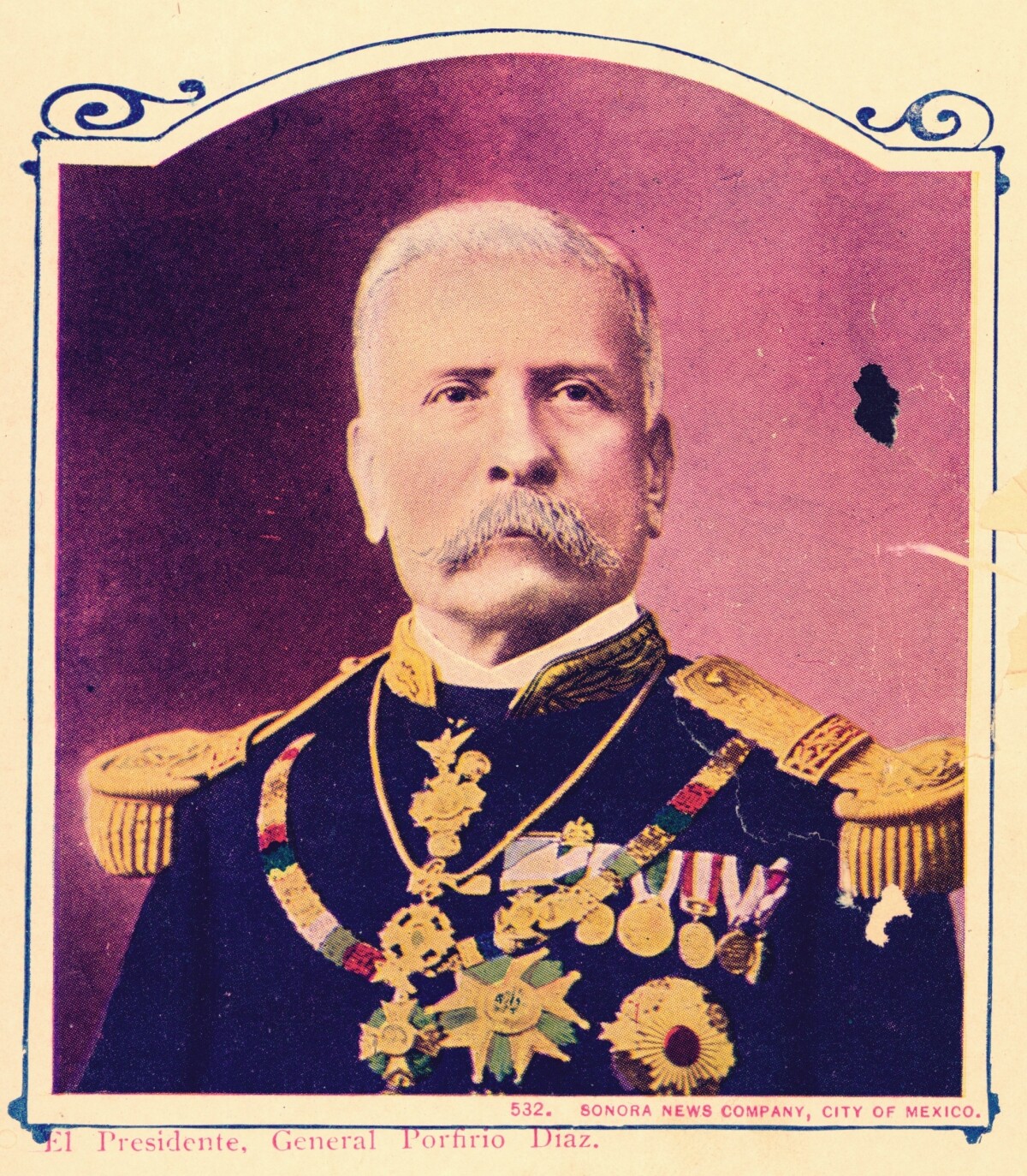
















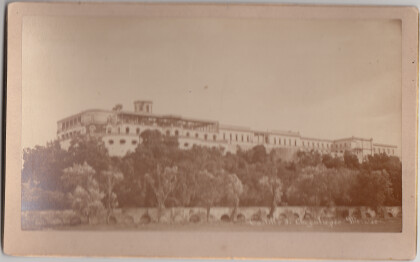





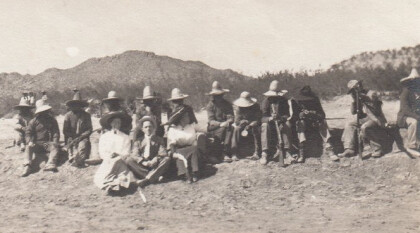



Comments
Add a comment